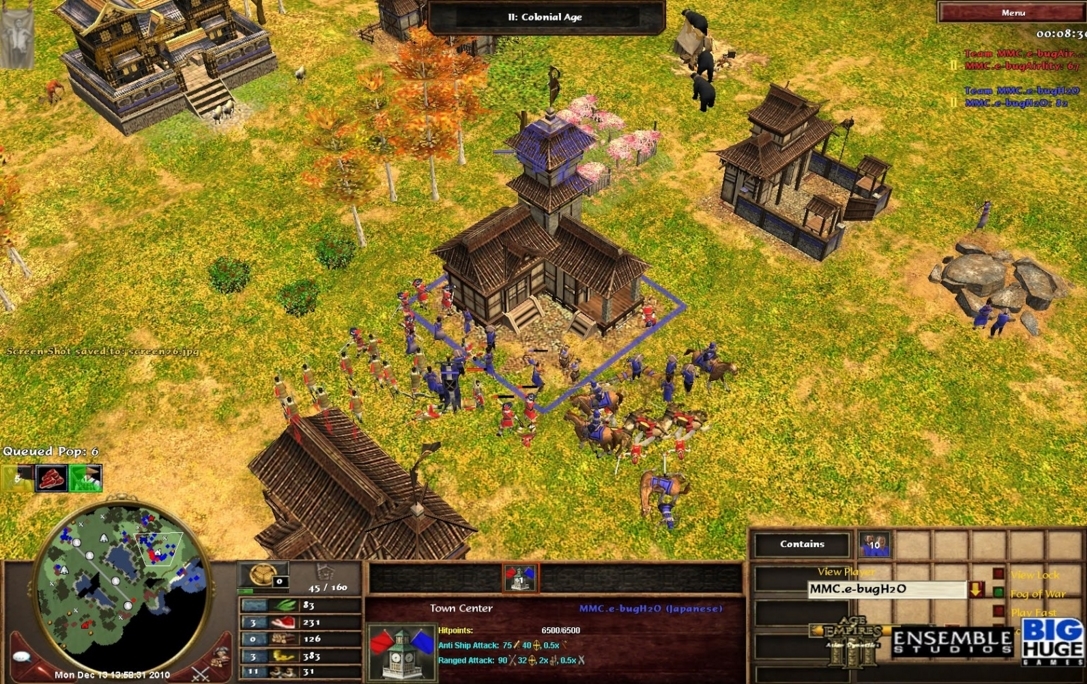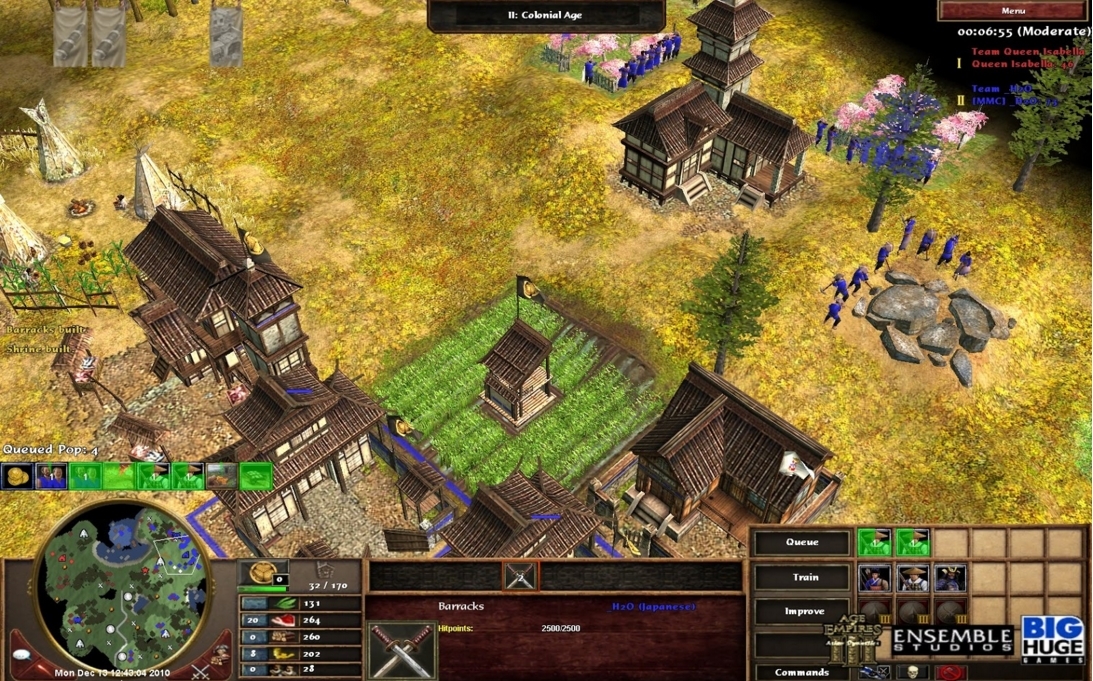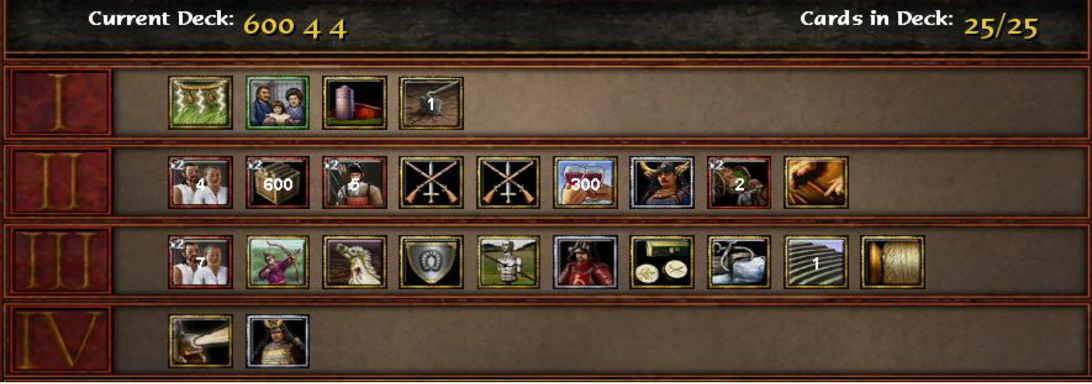Meanwhile, on the Aoe2 scene EscapeAoe hosted a massive worldwide tournament with a $60k prize pool. Yeah ikr wtf! $60k is massive and for a game released in 1999 it goes to show how loyal the fanbase is and just how good and popular a game aoe2 was - and still is. The Tournament just hit the Middle east Grand finals yesterday (Sat 24th November 2018) and you can keep up to date with the current happenings here on their twitch: https://www.twitch.tv/escapeaoe
Oh yeah, to round off the year, Aoe4 was announced. I couldn't believe it and I don't think anyone else could either. Relic are a solid studio and I'm quite excited about the future of Aoe. I'll probably do a separate post about Relic and Aoe4 soon but safe to say I've been watching plenty of speculation videos on Youtube. In particular, I've been keeping up with Interjection's podcasts which leads me onto my next point. https://www.youtube.com/watch?v=r0AV4YeWcBo
Aoe3s biggest Youtuber just got bigger. With the twitch partnership coming to ESOC and the announcement of Aoe4 and the definitive editions of Aoe, the games and their respective scenes are growing. With that in mind, Interjection who I believe is fresh out of uni, has decided to dedicate more time to his channel and word is that he's planning to team up with a select group of Aoe content creators to capitalise on these new markets. I don't know many of the details, but all I can say is you're favourite campaign speedrunner has only just touched the 1st act...
Here's his YouTube channel which you should definitely go and subscribe too: https://www.youtube.com/channel/UCMjBMQ9HIl2IcQD_PYMEr_A
Aoe4 is coming - get ready



